The U.S. and China agreed to a trade "truce" last week, with both sides announcing a temporary pause in their ongoing trade tensions. The agreement, reached during a meeting between U.S. President Donald Trump and Chinese President Xi Jinping, includes a 90-day reprieve from further tariffs on Chinese goods, as well as a commitment from China to purchase an additional $1.2 trillion in U.S. goods and services over the next two years.
According to Julian Gewirtz, a senior China policy official during the Biden administration, the truce is a significant development in the complex and multifaceted relationship between the two nations. "The trade truce is a recognition by both sides that the current state of trade tensions is unsustainable and that a more constructive approach is needed," Gewirtz said in an interview. "It's a step in the right direction, but it's just the first step. There's still a lot of work to be done to address the underlying issues driving these tensions."
The trade tensions between the U.S. and China have been ongoing for several years, with both sides imposing tariffs on each other's goods and engaging in a series of high-stakes negotiations. The tensions have had significant economic implications, with many businesses and industries affected by the tariffs and trade uncertainty. The truce, while a welcome development, has done little to alleviate concerns about the long-term implications of the trade tensions.
In the lead-up to the truce, the U.S. had imposed tariffs on over $360 billion in Chinese goods, while China had retaliated with tariffs on over $110 billion in U.S. goods. The tariffs have had a significant impact on businesses and consumers, with many companies struggling to adapt to the changing trade landscape.
The truce has been met with a mixed reaction from experts and policymakers. Some have welcomed the development as a step towards reducing tensions and promoting economic cooperation, while others have expressed skepticism about the long-term implications of the agreement. "The truce is a temporary fix, but it doesn't address the underlying issues driving these tensions," said a spokesperson for the U.S. Chamber of Commerce. "We need to see more concrete action from both sides to address the trade imbalances and intellectual property concerns that are at the heart of these tensions."
The current status of the trade truce is uncertain, with both sides facing significant challenges in implementing the agreement. The 90-day reprieve from further tariffs is set to expire in March, and it remains to be seen whether the two sides will be able to reach a more comprehensive agreement. In the meantime, businesses and consumers will continue to navigate the complex and uncertain trade landscape.
As the trade tensions between the U.S. and China continue to evolve, one thing is clear: the stakes are high, and the implications for the global economy are significant. The truce, while a welcome development, is just the first step in a long and complex process of trade negotiations and economic cooperation.


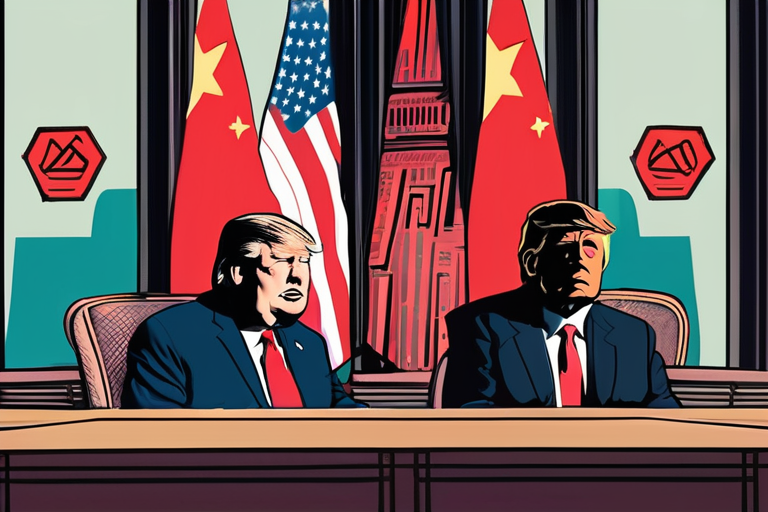

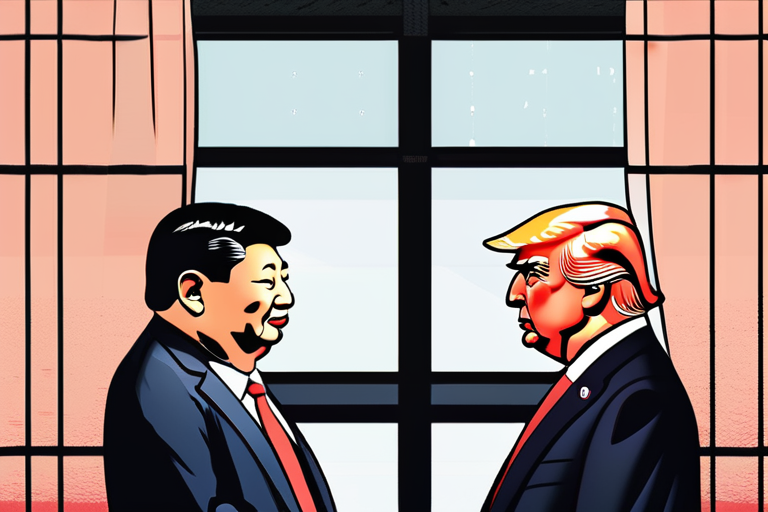
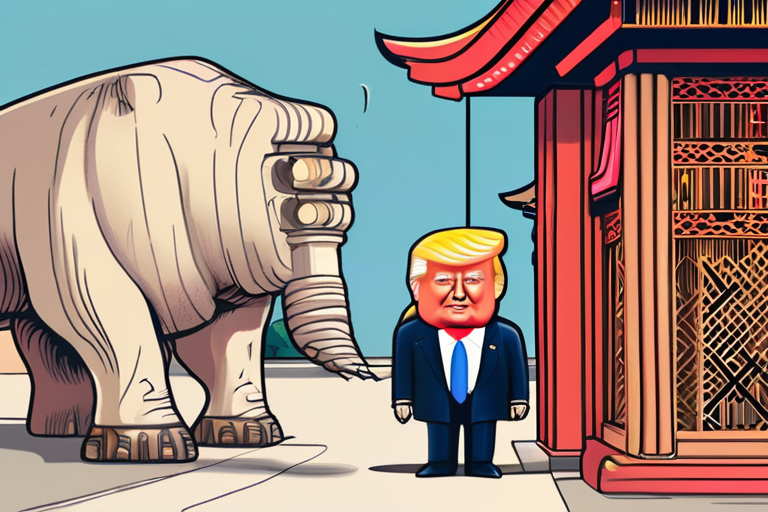

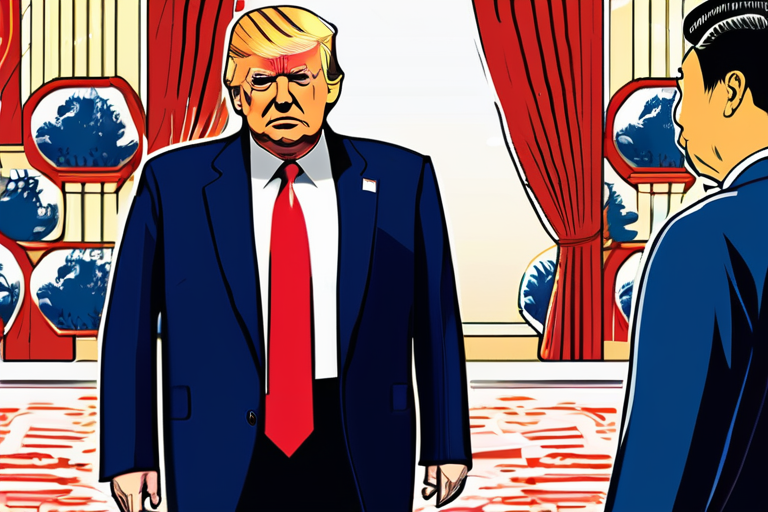
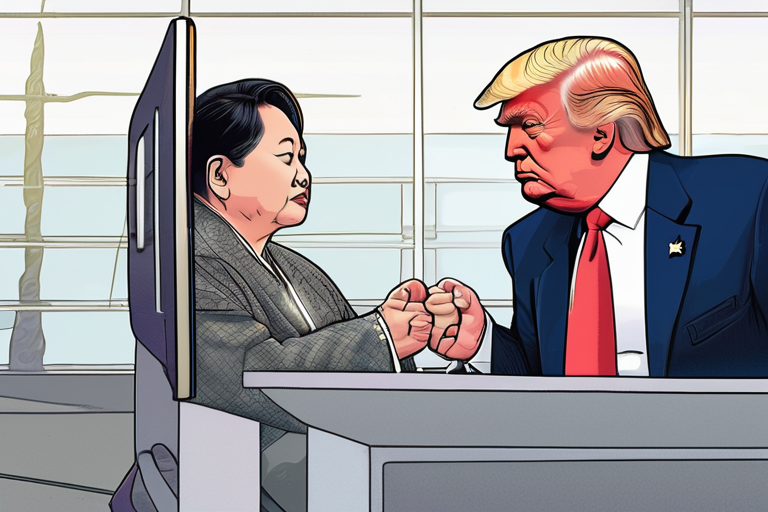
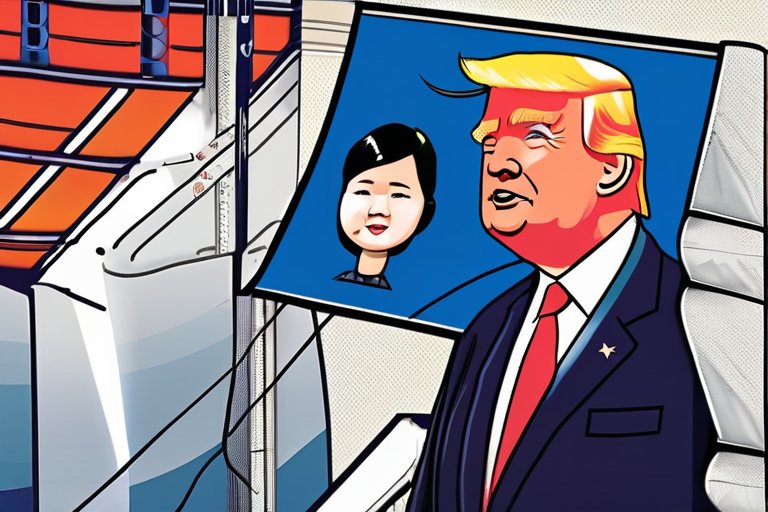
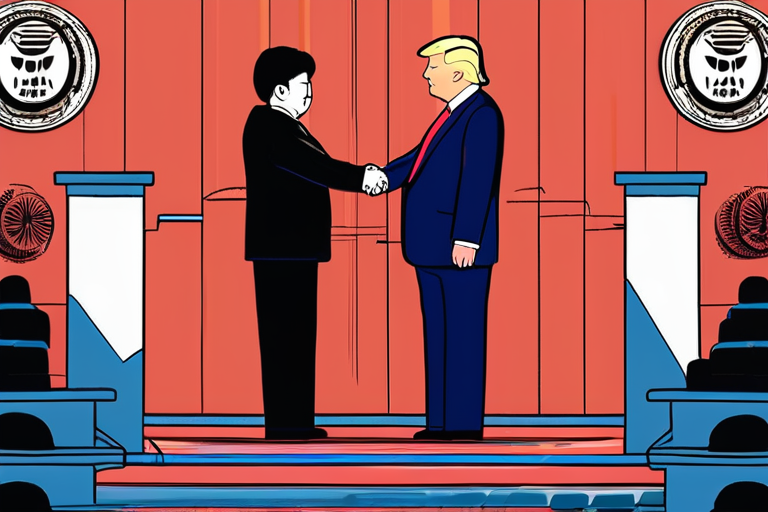
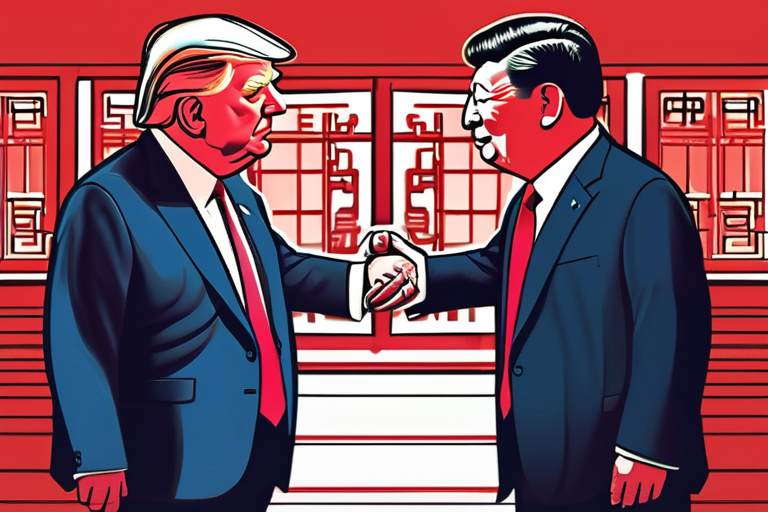

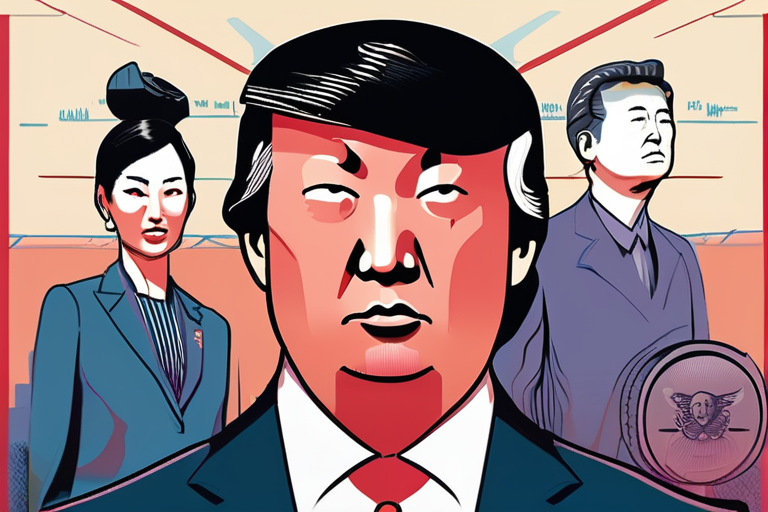
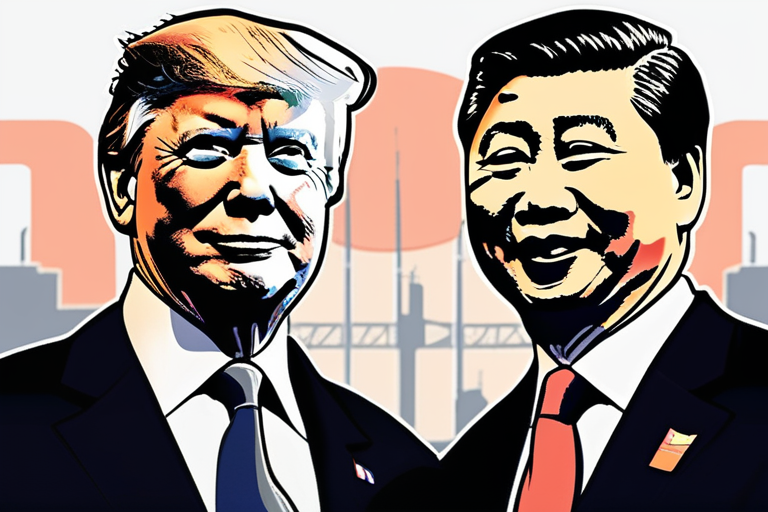
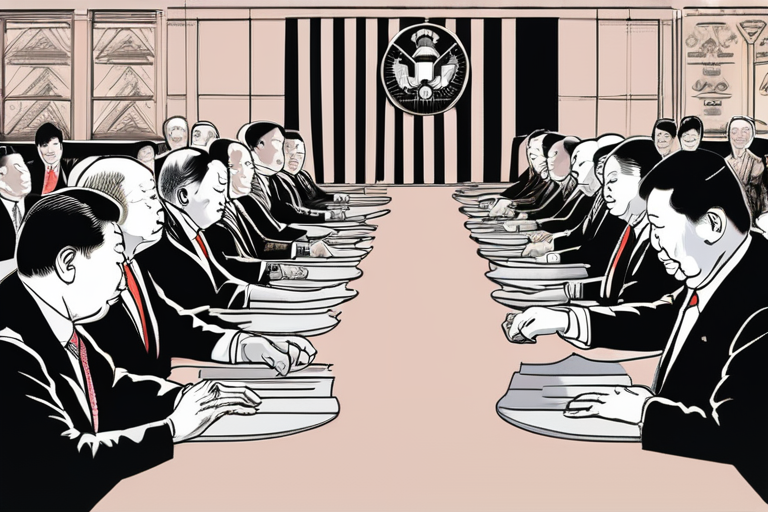



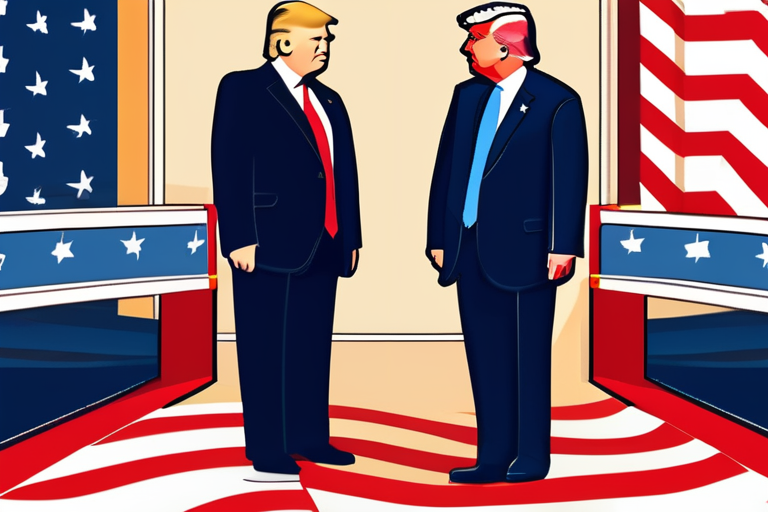
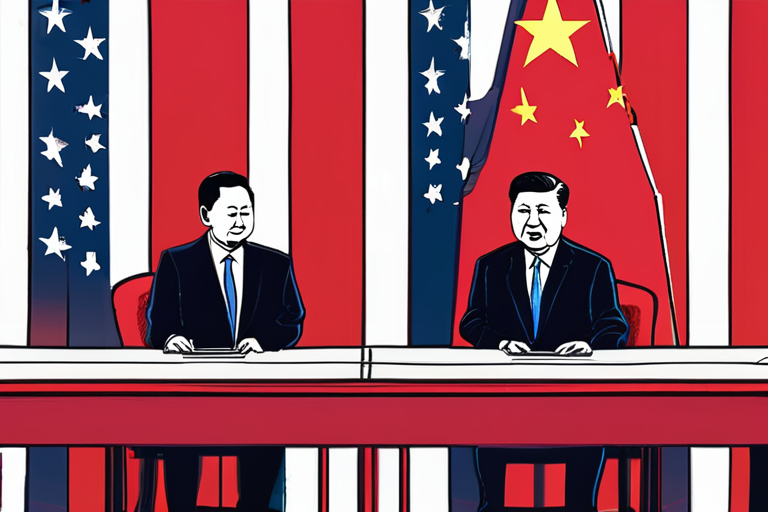
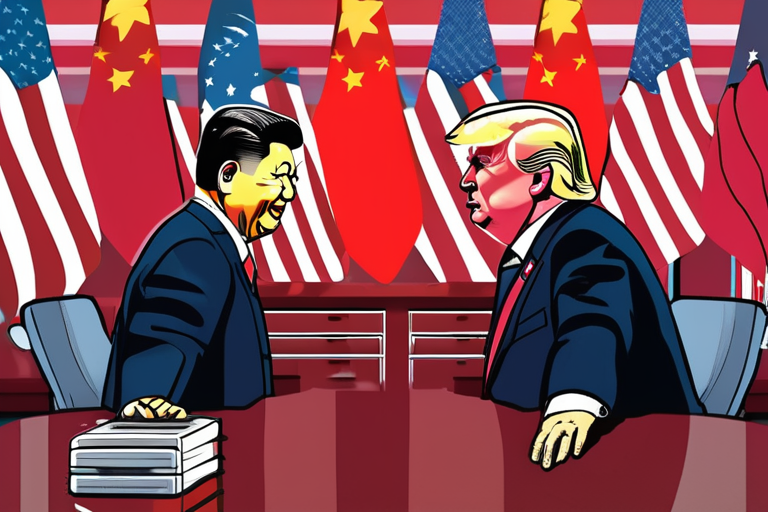
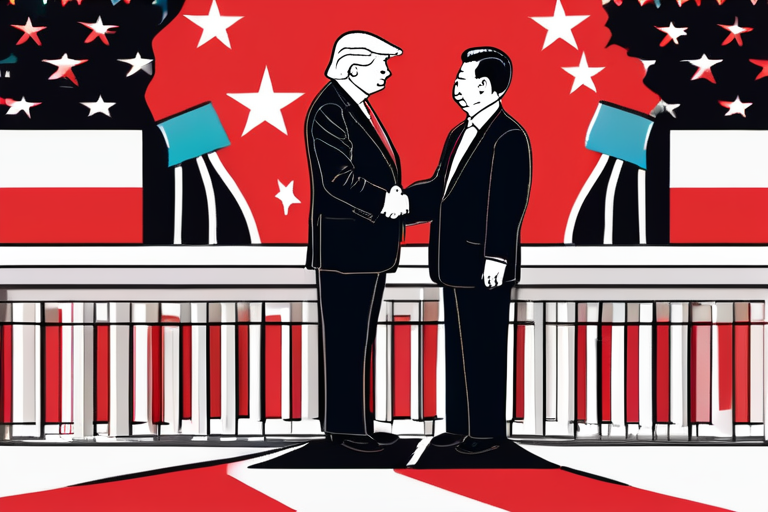
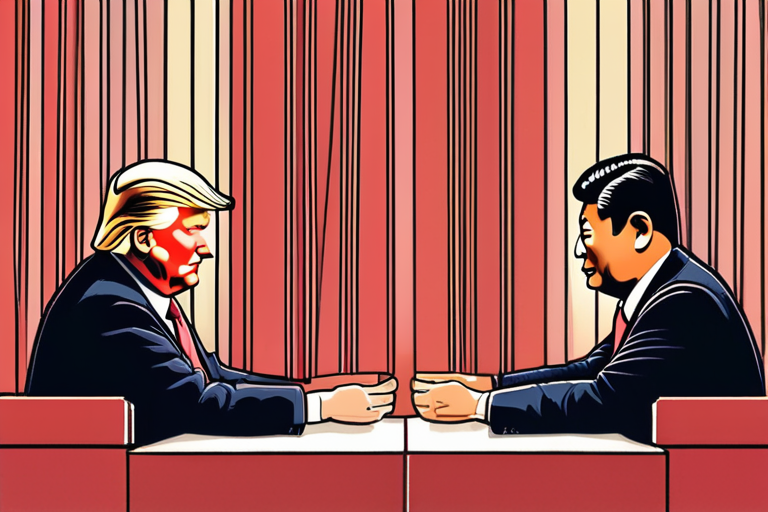
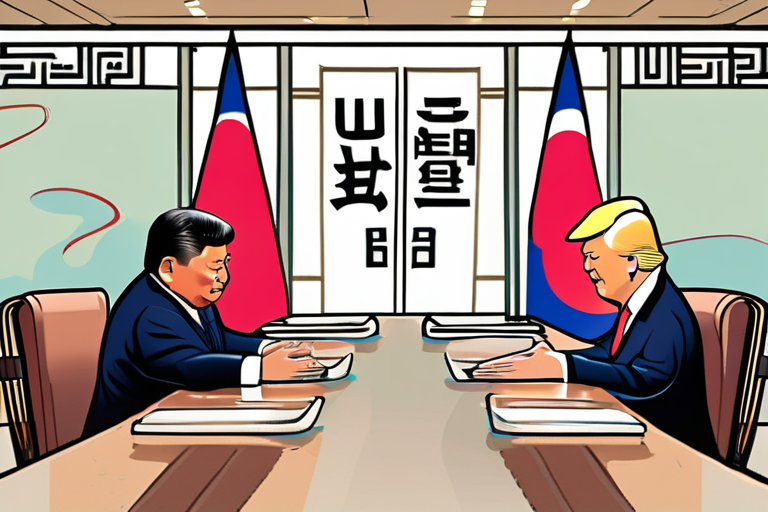
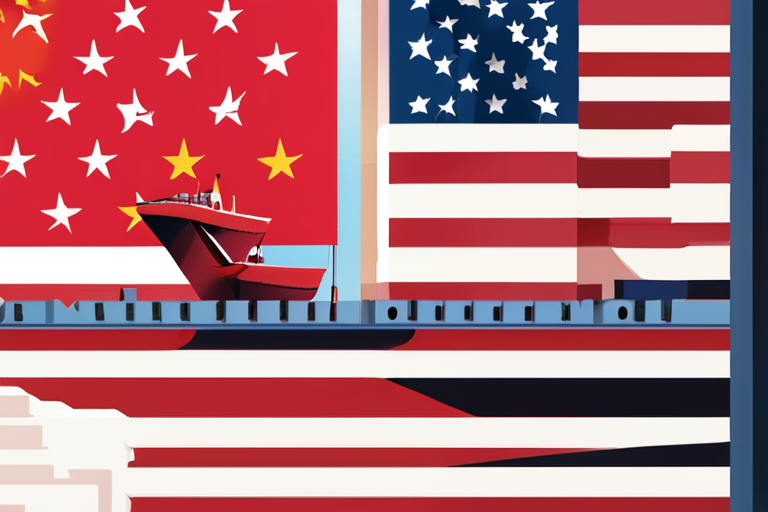
Share & Engage Share
Share this article